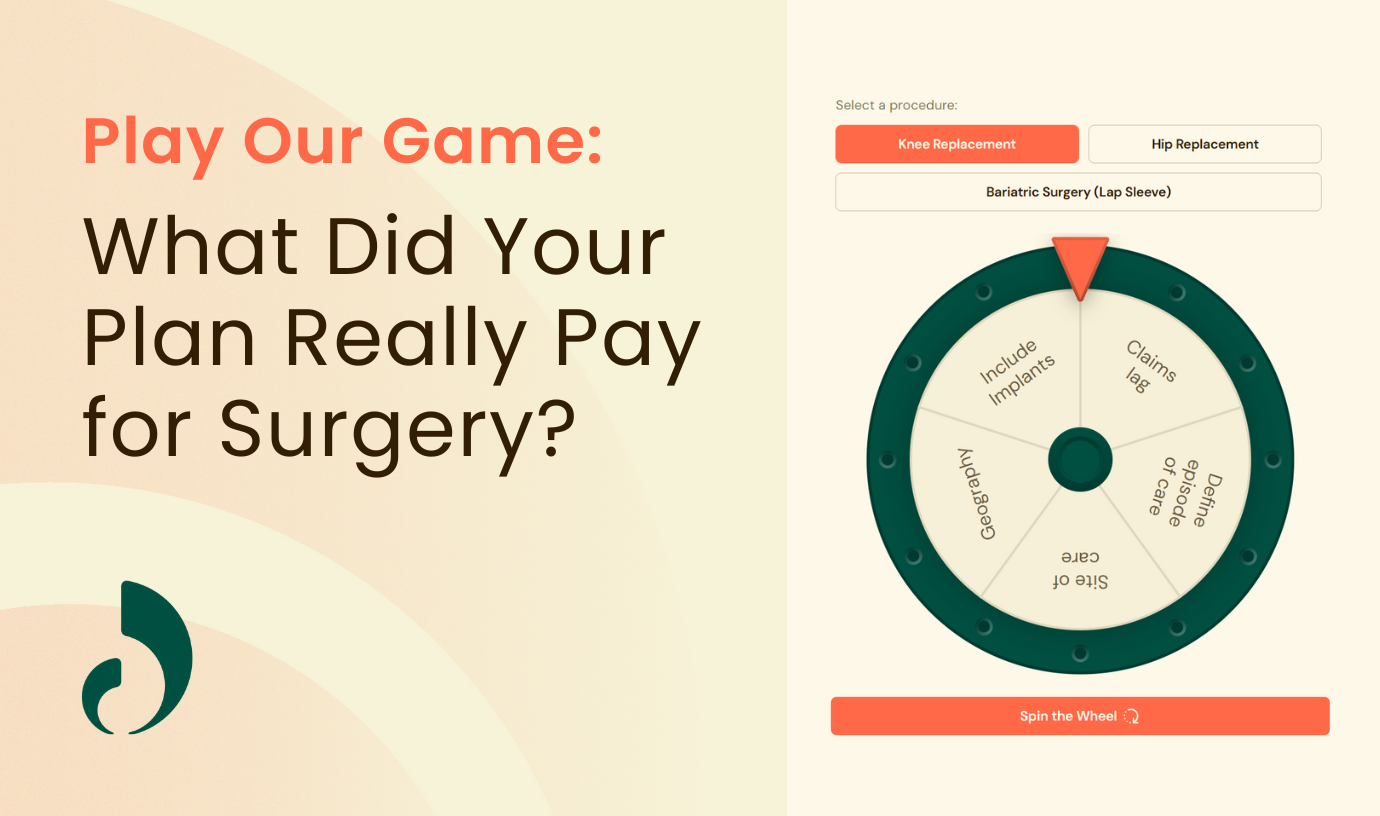Benefits leaders, like you, are drowning in innovation, and many are running on fumes. You attend conferences, sit through vendor meetings, and are constantly told that employers have the power to fix healthcare. But during the N of 1 Benefit Design session at HLTH USA 2025, the benefits manager at a national insurance company says it’s far more complex: “I wish it were that simple, but that’s far from the reality of the power we have as employers.”
Most benefits teams are small and have massive responsibilities. For example, the benefits manager from the insurance company has over 160,000 members, yet their team dedicated to managing healthcare consists of seven people. “Seven out of 67,000,” she emphasizes. Their employee base is also highly fragmented; the largest concentration in any single market is just 0.3% of the population.
“There’s no employer in any single community that has enough purchasing power to truly make a difference in that community,” says the benefits manager, who adds that their company’s priority is its core business. “The priority is not to disrupt and correct healthcare in our country.”
So, where can benefits leaders make a real, measurable impact? Start by targeting the areas of healthcare plagued by high-cost variability—like specialty care, including surgery, infusion and cancer care.
Calling Out the Real Cost Drivers
The problem isn’t a lack of wellness apps or point solutions. The real financial hemorrhage comes from deeply entrenched players. “My personal opinion, it’s the actual cost of drugs, and the second is the health systems,” the benefits manager says.
Dickon Waterfield, President of Lantern, agrees, adding that these entities are insulated by their market power. “Pharma’s goal is to price what the market will bear,” he says. “Meanwhile, hospitals are the biggest players lobbying in Washington, DC, driving a huge portion of the cost.”
He adds that a broad-brush approach will fail, and we all need to think about what is truly impactful by focusing on limited resources where we can create change.
High-Quality, Affordable Healthcare is Key to Creating Change
Having the right partner makes all the difference. The real goal isn’t just helping your people find any doctor, but helping them find the right doctor for their specific procedure. Waterfield explains Lantern’s approach is built on obsessively identifying true quality. “We’re looking specifically at the training level, the case volumes that providers do… We know that is an incredibly high proxy for quality. This is backed by 250 individual appropriateness measures and data from 200 million lives.”
Lantern curates a high-quality network of providers and directly contracts with them to lower costs for self-insured employers. The result? That knee replacement goes from $40K to $20K. This delivers a win-win. Benefits leaders save money for the plan and can pass on savings to their members by waiving cost share when they see providers in the Lantern network.
This is critical, Waterfield notes: “The cost of healthcare for individuals is driving twice as fast as wages.”
Access, Timing and Trust Create True Member Engagement
A great solution is useless if members don’t use it. “They don’t care about it at annual enrollment,” the benefits manager says. “The key is to find out the moments they need that healthcare and do targeted outreach.”
Their insurance company uses a multi-pronged strategy to find those moments:
- Proactive Data: They look at claims data to find members with an indication that there’s a musculoskeletal need… based upon high-cost imaging.
- Targeted Outreach: They avoid mass emails that overwhelm members, many of whom have comorbidities and are already buried in communications.
- Reaching the Real Decision-Maker: The benefits manager shares a critical insight: “Just because you’re the employee, it doesn’t mean that you’re the person that makes the healthcare decisions.” That’s why snail mail is effective. Lantern sends an ID card to every single member’s home, ensuring it reaches the folks at home who manage care.
But even the best marketing fails if the product isn’t accessible. Waterfield is adamant that engagement and access are equally important. In smaller rural areas, a member still might have to drive for care, but that’s where a travel incentive that covers hotel stays, meals and gas is beneficial. If they still can access the highest quality care, traveling 50 to 60 miles is worth it for members who don’t live in a metro area with a lot of specialists.
“You can’t just think about utilization as, ‘Are we engaging people?’” Waterfield says. “But when people get a referral to a high-quality doctor, do they say ‘yes, I want to use this because it’s really excellent and/or it’s close to me.’”
A high-quality experience, plus local access, builds trust. And trust creates the ultimate, self-sustaining engagement engine.
Now that they’re three and a half years in, the benefits manager says over 50% of the members who use Lantern come from referrals. “When you ask members how they learn about the program, they will tell you it was from another member because the member experience is so positive,” she says.
Waterfield confirms: “The biggest driver to our program is word of mouth.”
Lowering Costs Starts by Holding Vendors Accountable to Deliver Savings
In a world of endless point solutions, your most important job is to be really honest with yourself and go back and measure and look at outcomes.
“I’ve had very, very difficult conversations with my vendor,” the benefits manager admits. She challenged Lantern directly: “Lantern had told me I was saving money, and I said, ‘Well, I don’t believe anyone. I need to prove it… I don’t want to see what you’re doing relative to [national averages]. I want to see what you’re doing relative to my data.’”
A true partner won’t hide behind vanity metrics; they welcome the scrutiny.
“She now publishes on a quarterly or annual basis the savings that we deliver directly,” Waterfield confirms. “It’s something we built as part of the process to actually prove out the savings are real.”
Benefits leaders may not be able to fix all of healthcare, but we can demand provable, high-quality, high-engagement value in the areas we control.
See how Lantern proves its savings





